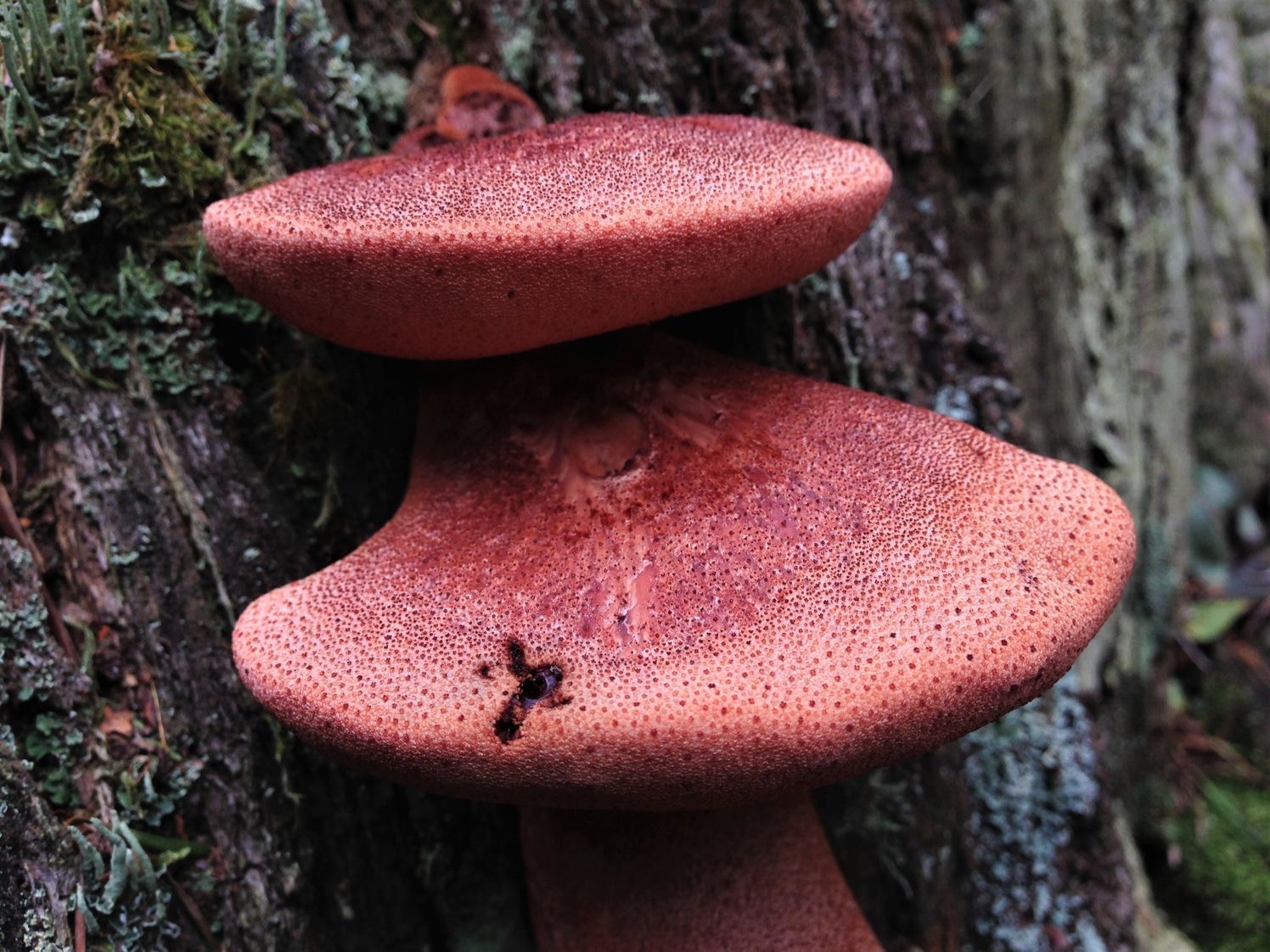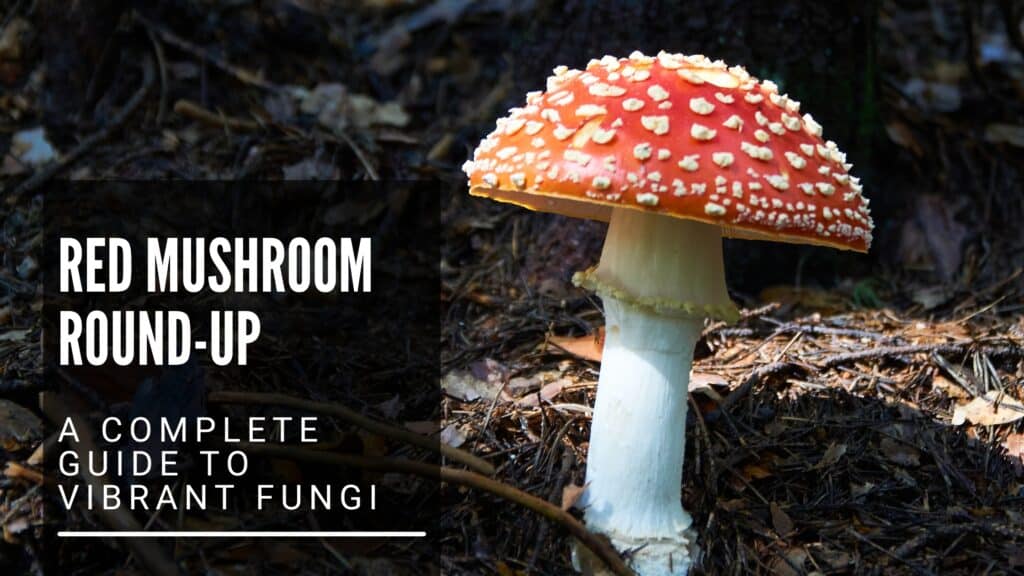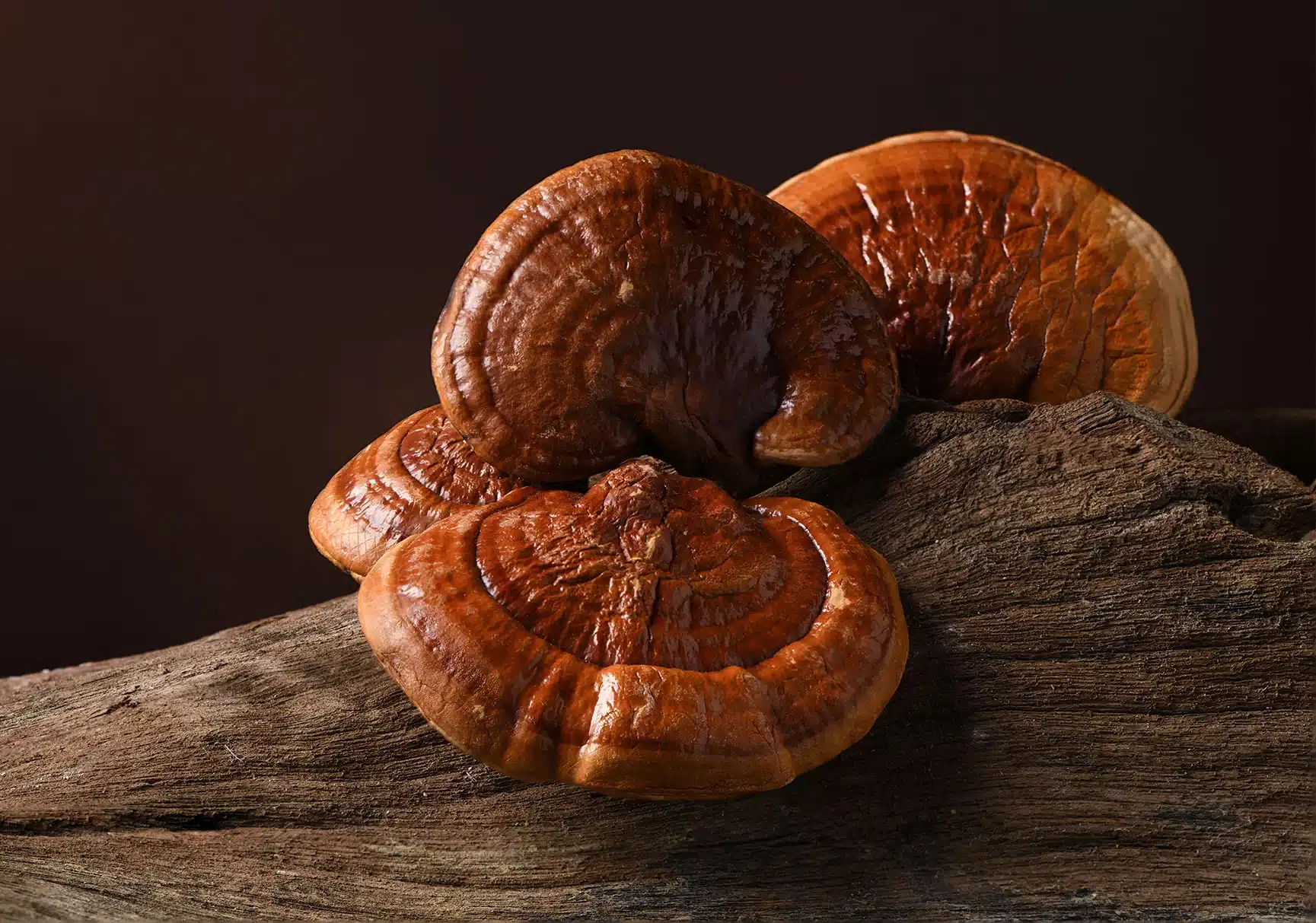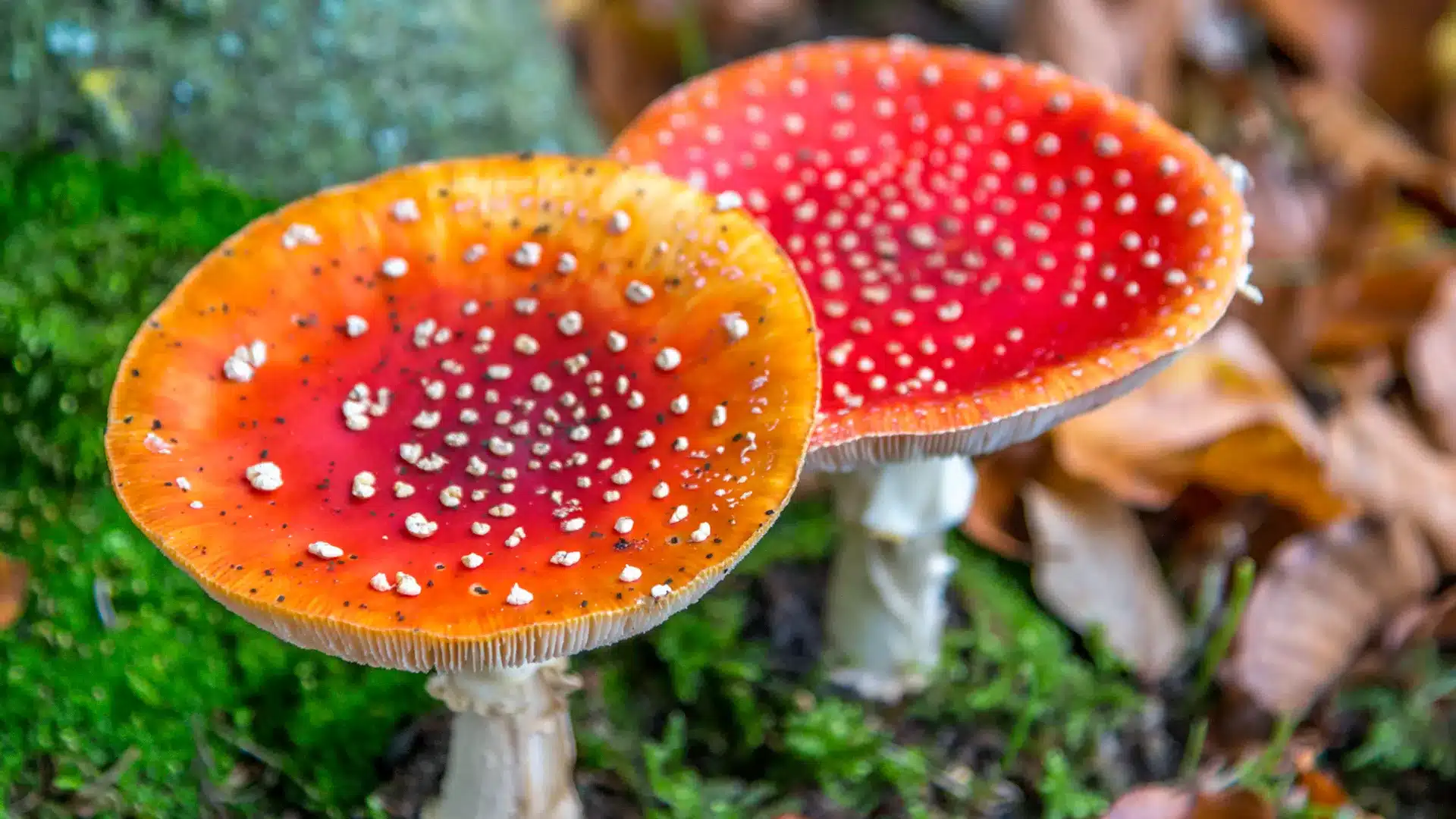Red mushrooms, a subject of interest for culinary experts, nature enthusiasts, and those intrigued by the vibrant diversity of fungi. This guide offers an extensive overview of red mushrooms, emphasizing their significance in various ecosystems and their uses in culinary traditions around the world.
In this comprehensive resource, we will explore different varieties of red mushrooms, highlighting species like the well-known Fly Agaric and the visually striking Scarlet Elf Cup. Each variety will be discussed in detail, including its unique characteristics and the role it plays within its natural habitat.
The guide also addresses the practical aspects of engaging with red mushrooms—from their health benefits and nutritional value to important safety guidelines for foraging. Our aim is to equip you with the knowledge to safely identify and utilize these mushrooms, enhancing both your culinary repertoire and your appreciation of nature’s complexities.
Quick Summary:
- Overview of various red mushrooms like Fly Agaric and Scarlet Elf Cup.
- Insight into the health benefits and nutritional profiles of red mushrooms.
- Guidance on culinary applications and recipes.
- Best practices and legal considerations for mushroom foraging.
- Explanation of the ecological importance and conservation efforts for red mushroom habitats.
What Are Red Mushrooms?
Red mushrooms are a type of fungi noted for their striking red color, which can vary from bright scarlet to deep burgundy. These mushrooms are not only a key part of forest ecosystems, contributing to nutrient cycles, but they also hold significant places in human culture, particularly within culinary and traditional medicine circles.
Types of Red Mushrooms
Red mushrooms come in a variety of forms, each with unique characteristics and uses. In this section, we will delve into three specific types: Ox Tongue, Reishi, and Fly Agaric, discussing their distinctive features, habitats, and notable health benefits backed by scientific studies.

Ox Tongue (Fistulina hepatica)
Description and Distinguishing Features:
Ox Tongue, also known as Beefsteak Mushroom, is easily recognizable by its thick, fleshy cap which resembles a cow’s tongue. It has a unique reddish-brown color with a slightly velvety texture and exudes a lemon-like liquid when cut.
Habitat and Distribution:
This mushroom predominantly grows on oak and chestnut trees in Europe and North America, favoring wounds or dying parts of the tree.
Health Benefits:
Ox Tongue is known for its high protein content and has a composition of bioactive compounds that may support liver health and reduce inflammation. It also contains antioxidants that help combat oxidative stress.
Reishi (Ganoderma lucidum)
Description and Distinguishing Features:
Reishi mushrooms, often referred to as “Lingzhi,” have a glossy exterior with a vibrant red to reddish-brown color. The cap is kidney-shaped and grows on the sides of trees, particularly hardwoods.
Habitat and Distribution:
Widely found throughout Asia, Reishi thrives in temperate and tropical forests, usually on the trunks of decaying trees.
Health Benefits:
Reishi is celebrated in traditional medicine for its immune-boosting properties. Modern studies have supported these claims, highlighting its role in enhancing immune response, reducing stress, and potentially lowering blood pressure.
Fly Agaric (Amanita muscaria)
Description and Distinguishing Features:
The Fly Agaric is renowned for its bright red cap adorned with white spots. It is one of the most iconic and widely recognized mushrooms, often depicted in popular culture and folklore.
Habitat and Distribution:
This mushroom is commonly found across the Northern Hemisphere, flourishing in conifer and deciduous woodlands.
Health Benefits:
While Fly Agaric is not typically consumed due to its psychoactive properties and potential toxicity, ongoing research is exploring its compounds for use in neurological treatments. Caution is advised when handling or using this mushroom in any form.
These mushrooms not only contribute richly to the biodiversity of their habitats but also offer a range of health benefits, which are increasingly supported by scientific research. Whether used in traditional remedies or modern health supplements, these red mushrooms provide significant value, making them a subject of both scientific and medicinal interest.
Health Benefits of Red Mushrooms
Red mushrooms like the Fly Agaric possess various compounds that are believed to have health benefits. These include antioxidants, which help reduce cellular damage and anti-inflammatory properties.
Nutritional Profile Overview:
Generally, red mushrooms are a good source of vitamins and minerals, particularly Vitamin D, selenium, and potassium.
Scientific Studies:
Research indicates that red mushrooms can support immune function and reduce inflammation, although more studies are needed to fully understand these effects.
How to Incorporate Red Mushrooms into Your Diet
Integrating red mushrooms into your daily regimen can be a simple yet effective way to benefit from their numerous health properties. From powders and drinks to capsules, here are three convenient methods to include these potent fungi in your diet:
Powders
Mushroom powders are made by drying and finely grinding mushrooms into a versatile form that can be easily added to a variety of dishes. This form retains most of the mushrooms’ nutritional value, making it a powerful supplement.
You can incorporate mushroom powder into your diet by sprinkling it into soups, stews, or smoothies. It can also be used as a seasoning in marinades or salad dressings, adding a subtle, earthy flavor along with a nutritional boost.
Capsules
For those looking for a quick and straightforward way to consume red mushrooms, capsules are an excellent choice. They provide a concentrated dose of mushroom extract without the taste, which is ideal for those who may find the flavor of mushrooms unappealing.
Mushroom capsules can be taken as a dietary supplement with water, similar to any other vitamin or health supplement. They are particularly convenient for maintaining a consistent intake of mushrooms’ beneficial compounds, especially for supporting immune health and reducing inflammation.
Incorporating red mushrooms into your diet through these methods can enhance your overall health by leveraging their unique properties. Whether you choose powders, coffee, or capsules, each option offers a practical way to enjoy the myriad benefits of red mushrooms without altering your existing dietary habits significantly.
Drinks
Mushroom coffee is gaining popularity as a healthier alternative to traditional coffee. This innovative drink combines ground coffee beans with powdered mushrooms, reducing the caffeine content while enhancing the beverage with the mushrooms’ health benefits.
To enjoy mushroom coffee, simply replace your regular coffee with a mushroom coffee mix. These are typically available in pre-packaged sachets that you can brew just like regular coffee, offering a smooth taste with added health benefits like improved focus and increased antioxidant intake.
Conclusion
As we conclude our exploration of red mushrooms, it’s clear that these vibrant fungi are more than just a visual delight. They offer a variety of benefits, from nutritional value to medicinal properties, and even play a crucial role in ecological systems. By understanding the different types and their specific uses and benefits, we can appreciate not only the beauty but also the utility of these remarkable organisms.
Whether you’re interested in expanding your culinary horizons, enhancing your health regimen, or simply deepening your appreciation for nature’s intricacies, red mushrooms provide a fascinating and beneficial avenue to explore. I hope this guide inspires you to discover and engage with red mushrooms in new and meaningful ways, contributing positively to both your well-being and the environment.
References:
- Bhambri, Anne, et al. “Mushrooms as Potential Sources of Active Metabolites and Medicines.” Frontiers in Microbiology, vol. 13, 26 Apr. 2022, https://doi.org/10.3389/fmicb.2022.837266.
- Biziulevičius, Gediminas A., and Aida Vaitkuvienė. “Taking Advantage of the Experience in Ethnomedicinal Use of Mushrooms: Anti-Inflammatory and Related Pharmacological Activities of Fly Agaric (Amanita Muscaria) Ethanolic Extract Deserve a Modern Evaluation.” Medical Hypotheses, vol. 69, no. 4, Jan. 2007, pp. 946–947, https://doi.org/10.1016/j.mehy.2007.01.025. Accessed 12 Nov. 2020.
- Saha, Tutul Kumar, et al. “Immuno-Physiological Effects of Dietary Reishi Mushroom Powder as a Source of Beta-Glucan on Rohu, Labeo Rohita Challenged with Aeromonas Veronii.” Scientific Reports, vol. 13, no. 1, 5 Sept. 2023, www.nature.com/articles/s41598-023-41557-9.pdf, https://doi.org/10.1038/s41598-023-41557-9.



